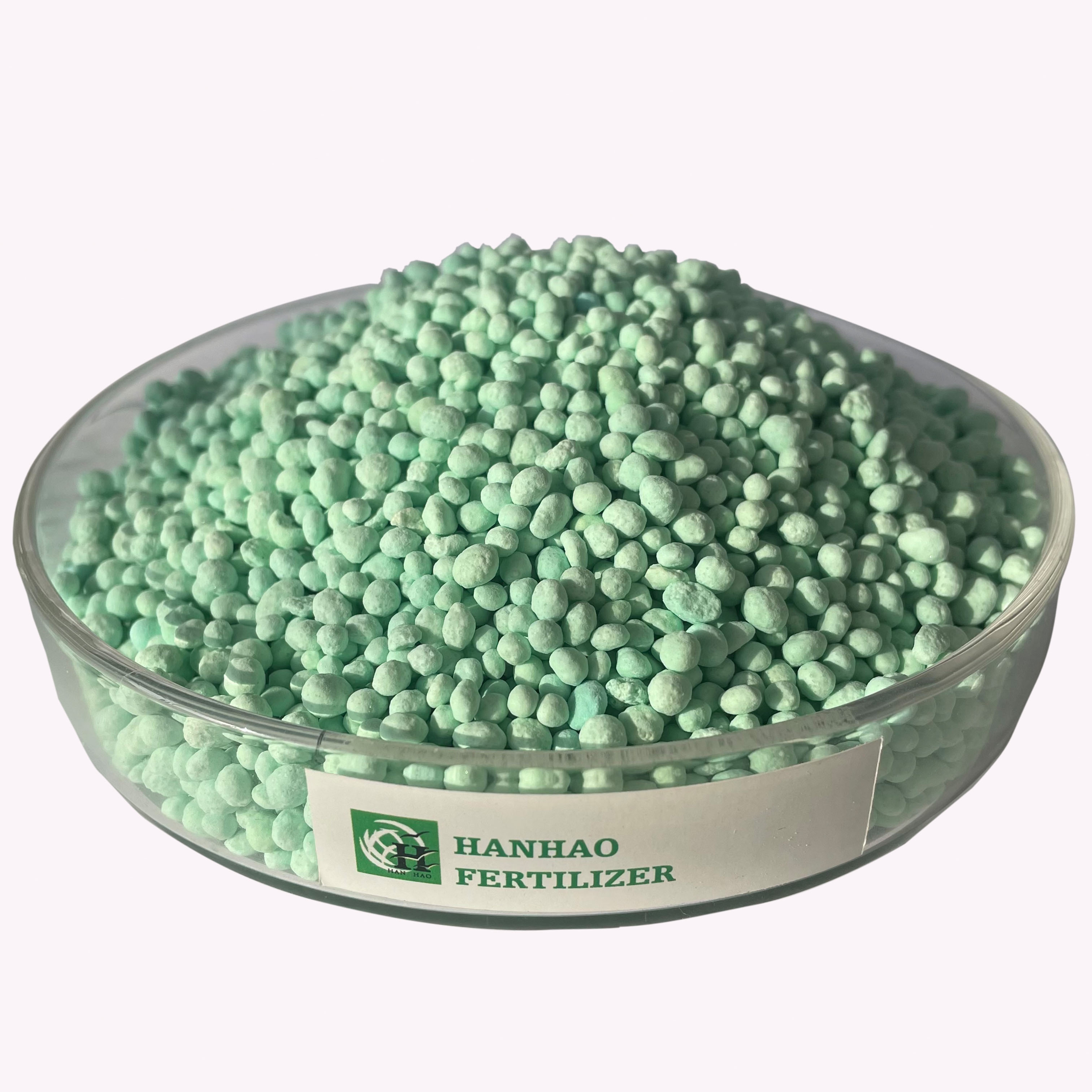
10월 . 06, 2024 05:39 Back to list
monoammonium phosphate
The Importance of Monoammonium Phosphate in Agriculture
Monoammonium phosphate (MAP) is a crucial compound in the field of agriculture, widely recognized for its role as a high-efficiency fertilizer. It contains essential nutrients nitrogen (N) and phosphorus (P), which are vital for plant growth and development. Farmers and agricultural specialists favor MAP for its ability to deliver these nutrients in a readily available form, supporting crop yields and enhancing soil fertility.
Composition and Characteristics
Monoammonium phosphate is a salt formed by the reaction of ammonia with phosphoric acid. Its chemical formula is NH4H2PO4, reflecting its components ammonium ions (NH4+) and phosphate ions (H2PO4-). MAP is a water-soluble fertilizer, making it easily applicable in both dry and liquid forms. The typical analysis of MAP is approximately 11-52-0, indicating that it contains 11% nitrogen and 52% phosphorus pentoxide (P2O5). This high phosphorus content is particularly beneficial for promoting root development, flowering, and overall plant health.
Benefits of Using MAP
1. Enhanced Nutrient Availability MAP is especially effective in acidic soils, where its solubility ensures that nutrients are readily available for plant uptake. This is crucial for crops that require specific nutritional support during particular growth stages.
2. Promotes Early Plant Development The presence of both nitrogen and phosphorus supports early plant growth, aiding in the establishment of strong root systems. This early boost can lead to improved resilience against environmental stresses such as drought or diseases.
monoammonium phosphate

3. Versatile Application MAP can be applied directly to the soil or blended with other fertilizers. It can be used in various forms, including granules, powder, or liquid, allowing flexibility for farmers to choose the best method for their specific crop needs.
4. Environmental Considerations By providing a concentrated source of essential nutrients, MAP helps to reduce the overall quantity of fertilizer needed, minimizing the risk of nutrient runoff into surrounding waterways. This can contribute to more sustainable agricultural practices, promoting environmental health.
Usage in Crop Production
MAP is commonly employed in the cultivation of various crops, including cereals, vegetables, and fruits. Its application is particularly beneficial during the planting phase, as it helps in the initial establishment of young plants. Farmers often conduct soil tests to determine the appropriate amount of MAP needed, ensuring that they meet the specific nutrient requirements of their crops without over-application.
Conclusion
In conclusion, monoammonium phosphate is a vital tool in modern agriculture, providing a reliable source of nitrogen and phosphorus to crops. Its effectiveness in enhancing early plant development and improving soil fertility makes it a preferred choice among growers. As the world continues to face challenges related to food security and sustainable farming, MAP will undoubtedly play a significant role in ensuring that agricultural practices remain efficient and environmentally responsible. By leveraging the benefits of MAP, farmers can work towards maximizing their yields while minimizing ecological impact, paving the way for a more sustainable agricultural future.
-
10 10 10 Fertilizer Organic—Balanced NPK for All Plants
NewsJul.30,2025
-
Premium 10 10 10 Fertilizer Organic for Balanced Plant Growth
NewsJul.29,2025
-
Premium 10 10 10 Fertilizer Organic for Balanced Plant Growth
NewsJul.29,2025
-
Premium 10 10 10 Fertilizer Organic for Balanced Plant Growth
NewsJul.29,2025
-
50 Pound Bags of 13-13-13 Fertilizer for All Plants – Bulk & Organic Options
NewsJul.28,2025
-
High-Efficiency 15-30-15 Granular Fertilizer for Healthy Crops
NewsJul.28,2025
